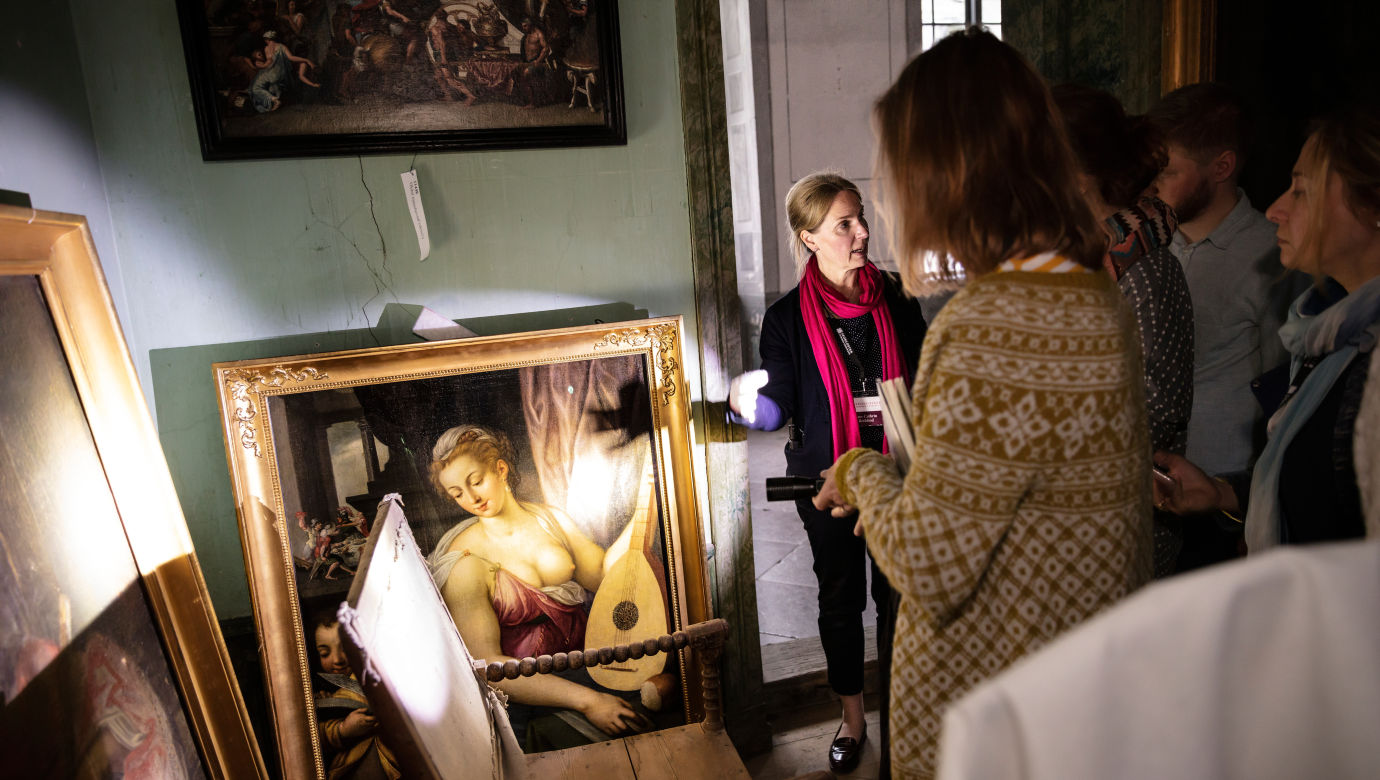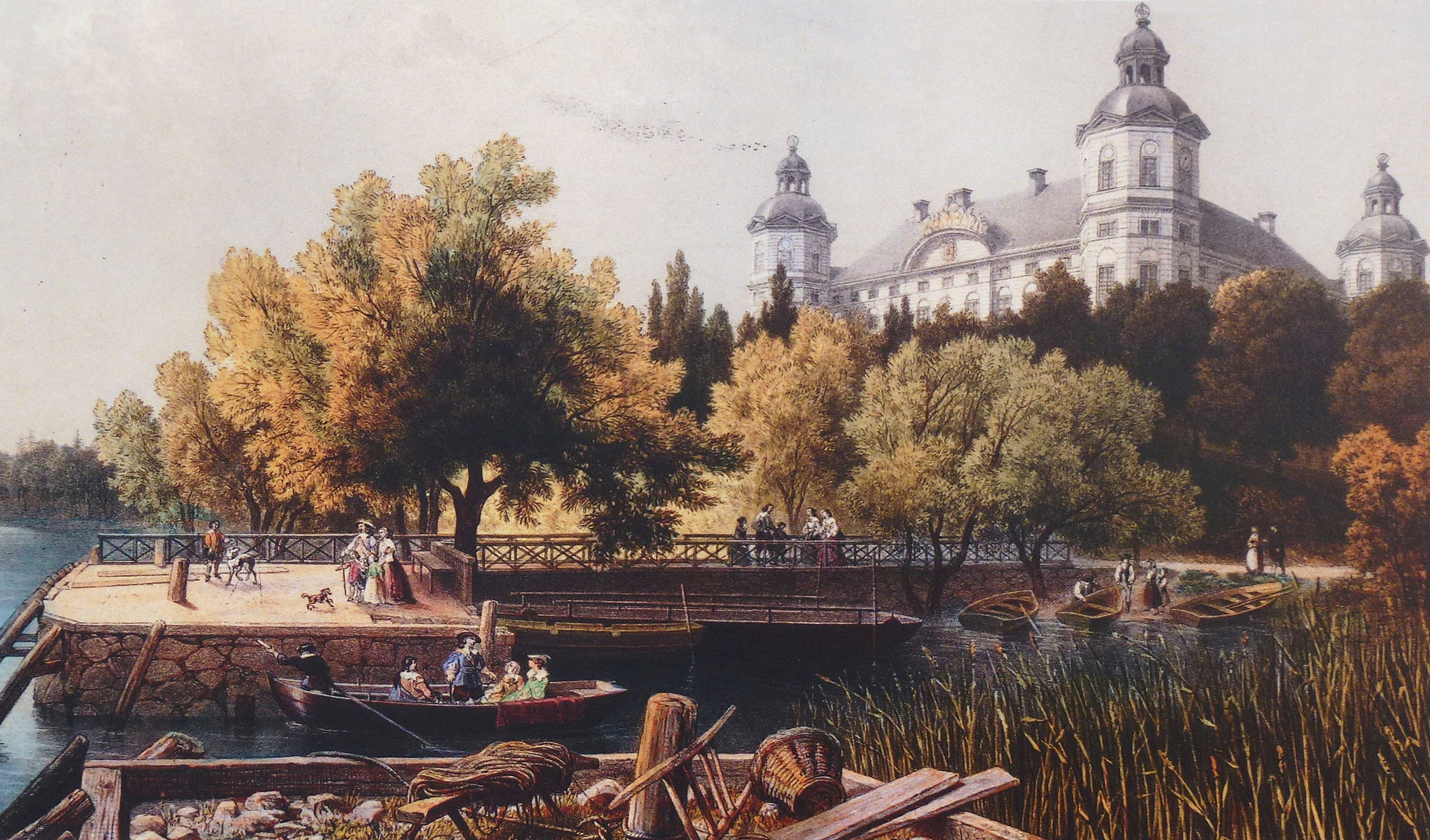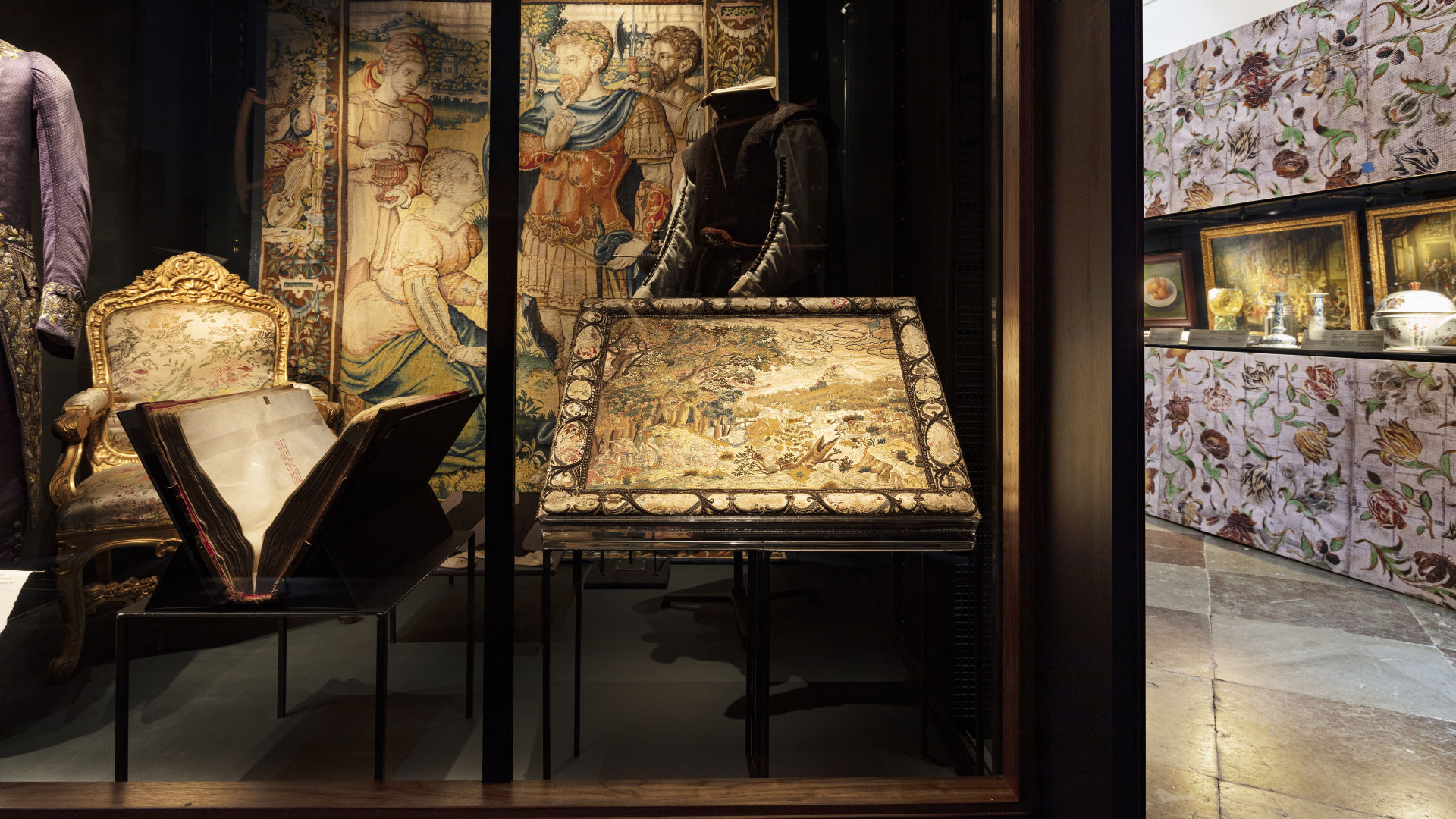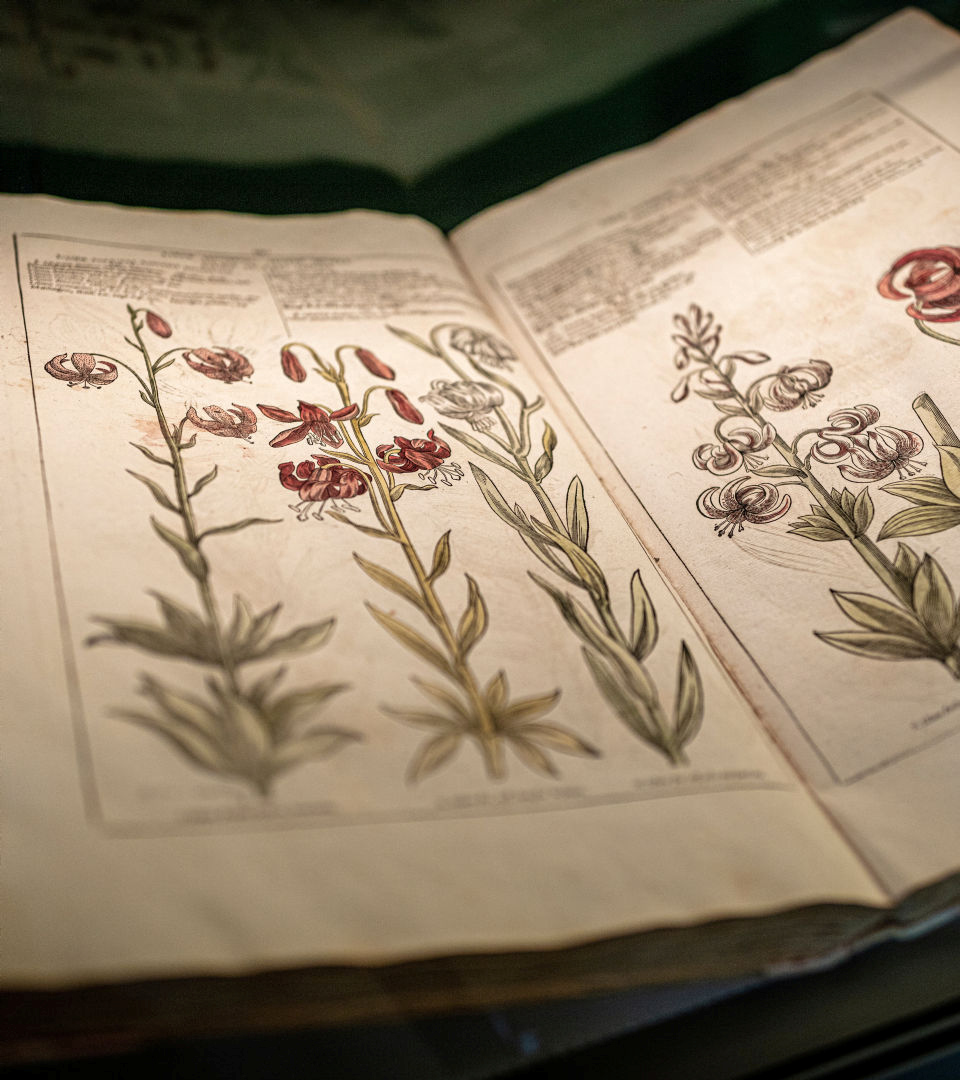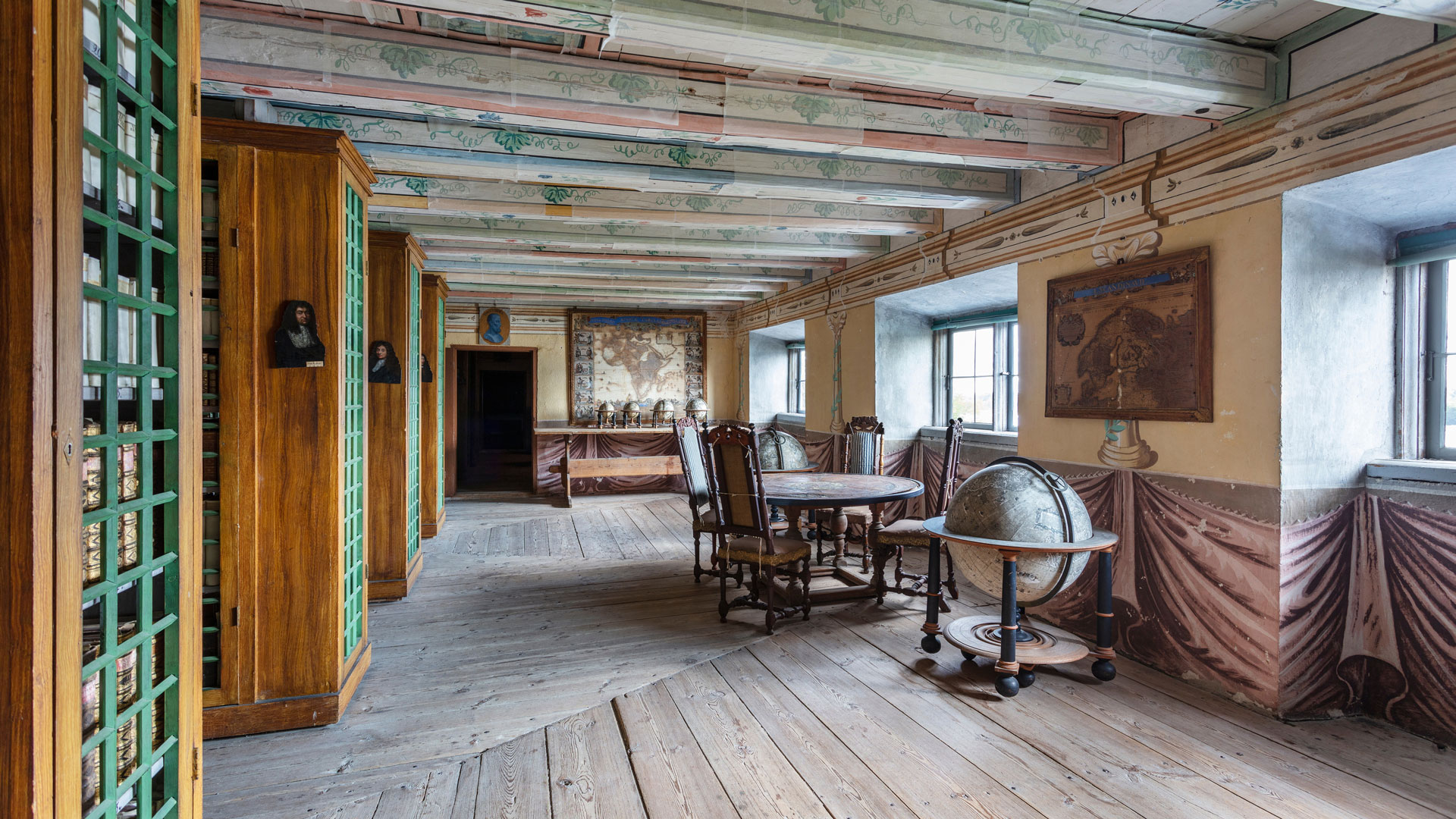
Funeral Sermons in Skokloster Castle Library
About Health, Work and Education
Printed funeral sermons are a valuable source of understanding about life in Europe in the early modern period. As well as the sermon text itself, they contain information about the later life of the deceased, their virtues and biographies. For persons of higher status, the printed funeral sermon begins with a dedication addressed to the surviving family, with the titles and names of some prominent family members.
They therefore address sorrow, comfort and faith, as well as social relationships, civil status, health, work and education. The biographical content is also in demand by genealogists for the detailed description of family relationships. The funeral sermons in Skokloster Castle are about the royal, noble, bourgeois and priestly members of society.
New Information from Old Sources
Almost half the funeral sermons are about women, who are otherwise very much under-represented in the archive. They are therefore particularly important sources of information about women in the period when Sweden was a major power. Portrayals of this kind must of course be read with a critical eye because they tend to idealise the deceased and her virtues, but bearing this in mind we can still gain much valuable information from the funeral sermons.
One example is the biography in the funeral sermon for the first lady of Skokloster Castle, Anna Margareta von Haugwitz. It is essentially the only remaining source of information about her childhood, adolescence and circumstances before she met her future husband Carl Gustaf Wrangel. It i especially interesting because it is expressly described as being in her own words, as the priest said:
“The events of the life of the Countess, as she described them some time before her death in her own hand, as well as what happened to her, both happy and unhappy, are so completely presented that nothing could express them better (The quote is translated from German).”
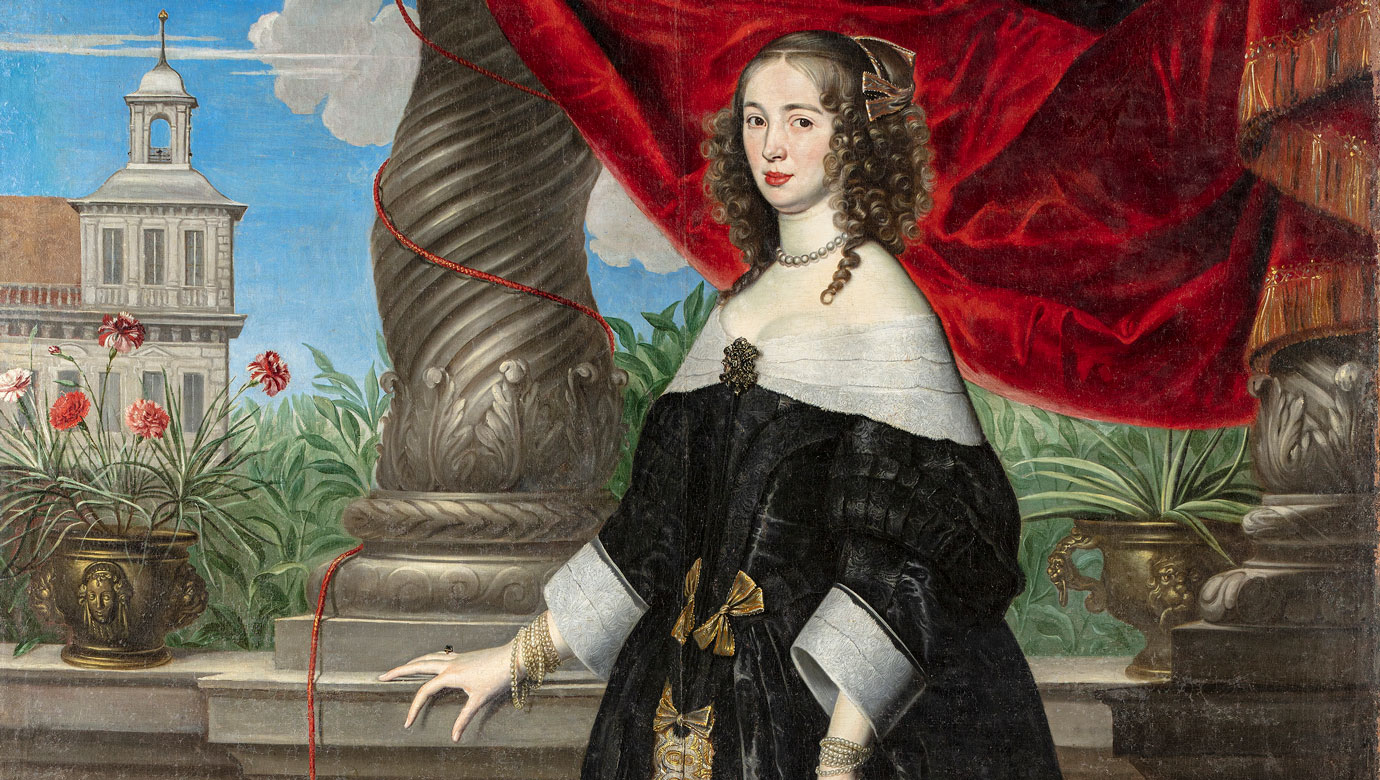
Read as Religious Texts
The funeral sermons are a kind of snapshot that has been kept until the present day. One reason for this is that they were not only addressed to the closest family or those present at the funeral, but could also, through their content, be read as edifying religious texts. This is often reflected in their titles, such as “the right reward that a blessed death after a Christian life affords” and “about the spiritual foes that all god-fearing people must fight against”.
Collectors' Items
The funeral sermons could also be an area for collectors, partly because of their genealogical content. Skokloster’s collection of funeral sermons is above all the result of such collecting zeal. There were a handful of sermons in the Wrangel and Brahe collections, mainly for relatives. However, the great majority are from a collection built up by Carl Gustaf Bielke from the early 1730s until his death in 1754.
These consist of around 1,000 funeral sermons that he bought at auctions and had bound. In the accompanying register that he created, the funeral sermons are arranged according to civil status (royal, noble, priestly and bourgeois persons) but there is no differentiation of men and women. He particularly notes whether they contained personal details, that is to say a description of the life of the deceased.
A European Cultural Heritage
The collection represents a European cultural heritage, since the sermons are written not only in Swedish but also in German, Latin, French and Danish. This means that it is also appropriate to make the material available to international researchers.
The purpose of the project being performed by National Historical Museums and Stockholm University is to create digital infrastructure for research and to initiate research on Skokloster’s collections. This means that the material will be registered, scanned and made available on various digital platforms.
The ambition is to both increase availability of the collection and create even more searches. The digitalised texts will be freely available and possible to read and download. Researchers and students will be invited to work on the digitalised funeral sermons during the course of the project and the whole project will be concluded with a major international conference.
The project is being led by Susanne Tienken of the Department for German at Stockholm University in close collaboration with Jonas Häggblom, Curator of Skoloster Castle’s collections. It is funded by Riksbankens Jubileumsfond and runs from 2023 to 2026.
Contact
Jonas Häggblom
08-402 30 75
jonas.haggblom@shm.se
Susanne Tienken
08-16 35 15
susanne.tienken@tyska.su.se
